Hidden in the heart of southern Spain lies a structure shrouded in mystery—the Dolmen of Menga. Over 6,000 years old, this ancient marvel was constructed with stones so massive, their secrets seem locked within their weight. Who were the people that built it?
What purpose did it serve? Standing the test of time, the Dolmen whispers tales of an advanced civilization, far ahead of its time. Yet, even today, its true story remains veiled in the shadows of history, waiting to be fully uncovered.
Historical Background
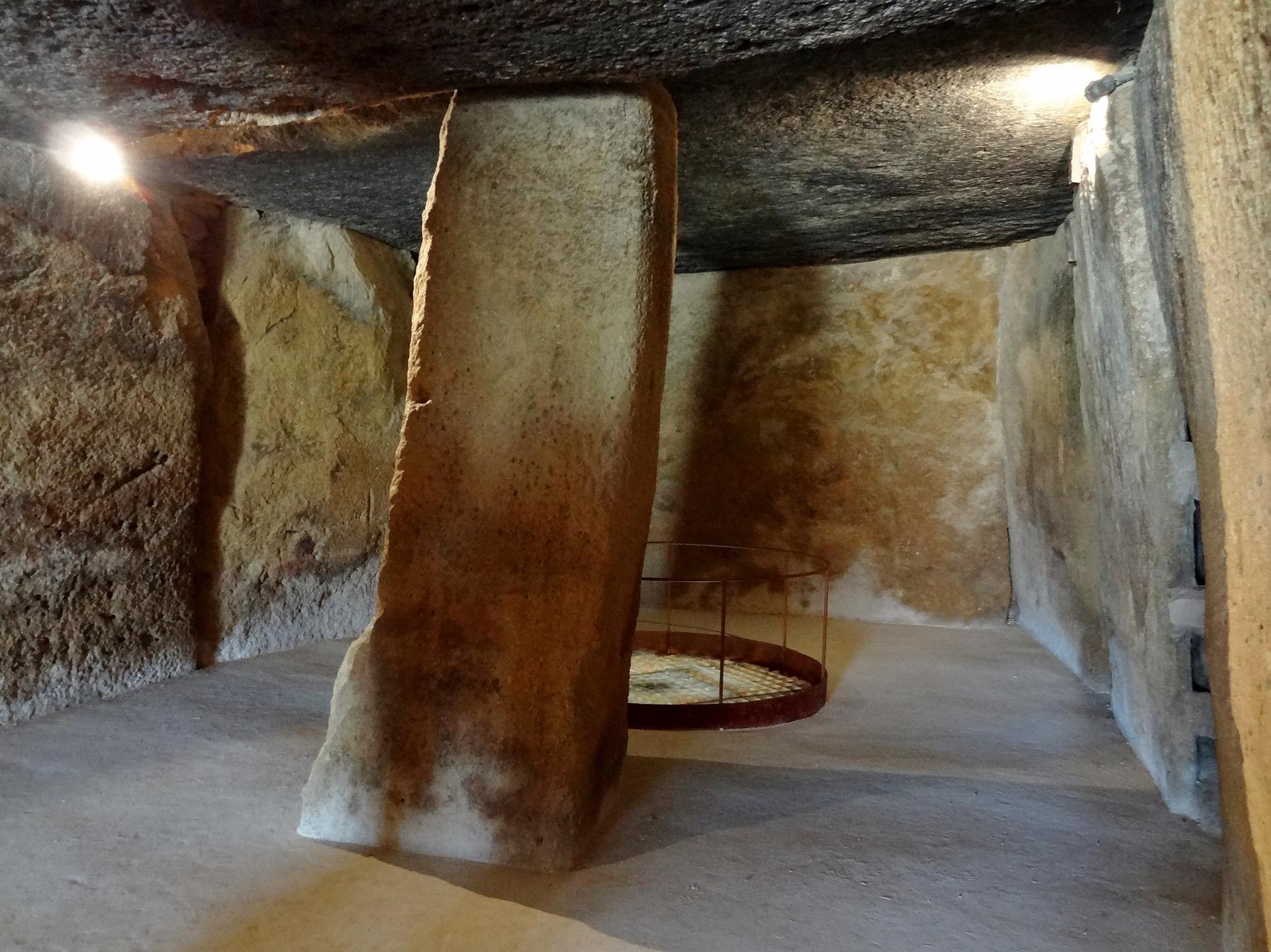
Thousands of years ago, long before the dawn of written history, a mysterious people came together to build something extraordinary. The Dolmen of Menga, an ancient structure hidden in the heart of Andalusia, stands as a silent witness to their forgotten era.
Constructed between 3800 and 3600 BCE, this massive stone monument defies our understanding of Neolithic technology. The true purpose of Menga remains a mystery, shrouded in the sands of time, leaving us to wonder about the lives and beliefs of those who created it.
Architectural Marvel
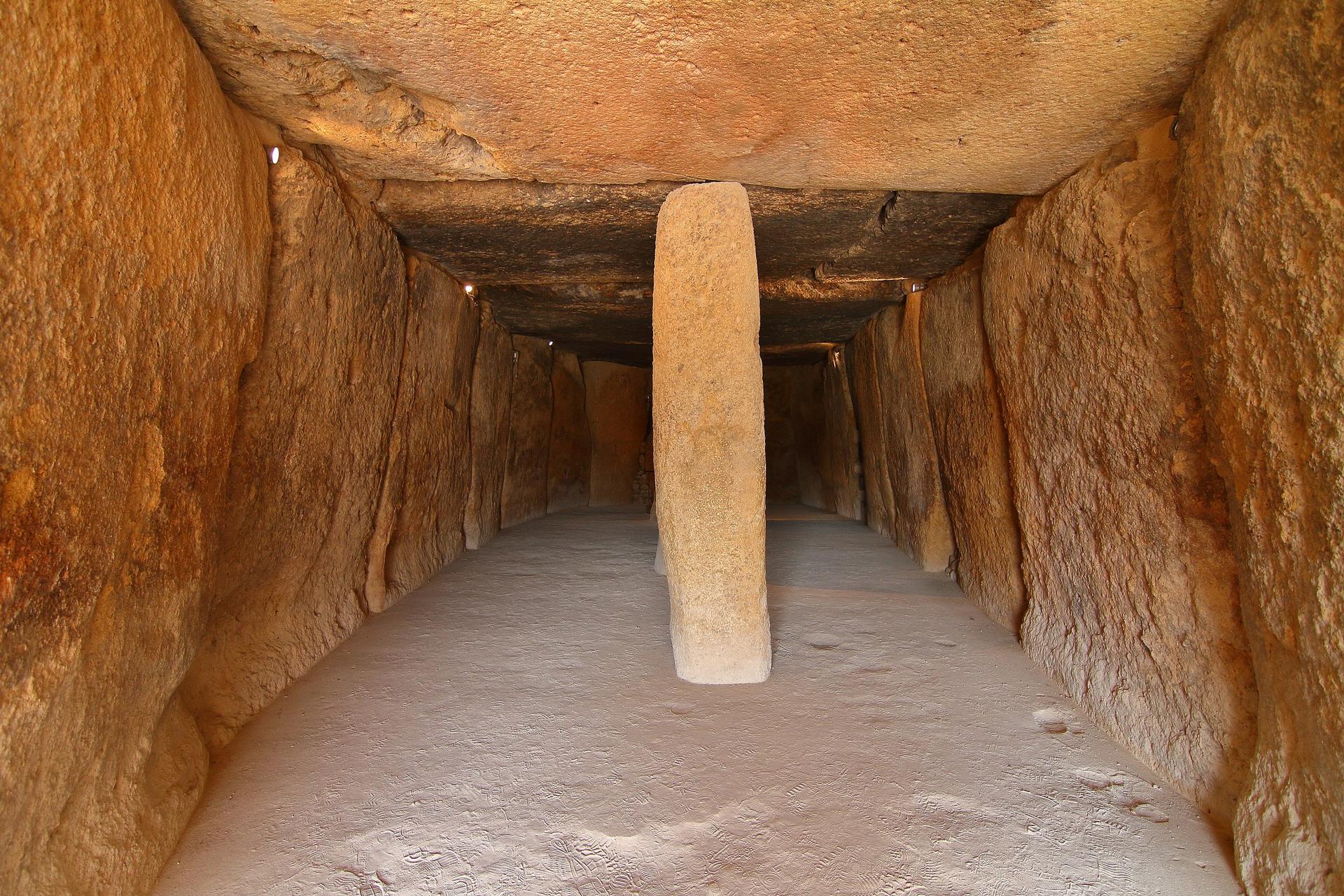
he Dolmen of Menga is a marvel of ancient engineering, constructed with massive stones that form a single burial chamber. The structure is made up of 32 colossal stones, some weighing as much as 150 tons, carefully placed to create a chamber that stretches nearly 30 meters in length.
The design of the dolmen is both simple and awe-inspiring, with its massive stone slabs forming walls, pillars, and a roof that has stood the test of time for over six millennia. Despite its apparent simplicity, the precision and scale of the construction suggest a deep understanding of geometry, physics, and engineering, leaving modern scholars in awe of how such a structure could have been built with the limited tools available during the Neolithic period.
A Monument of the Neolithic Age
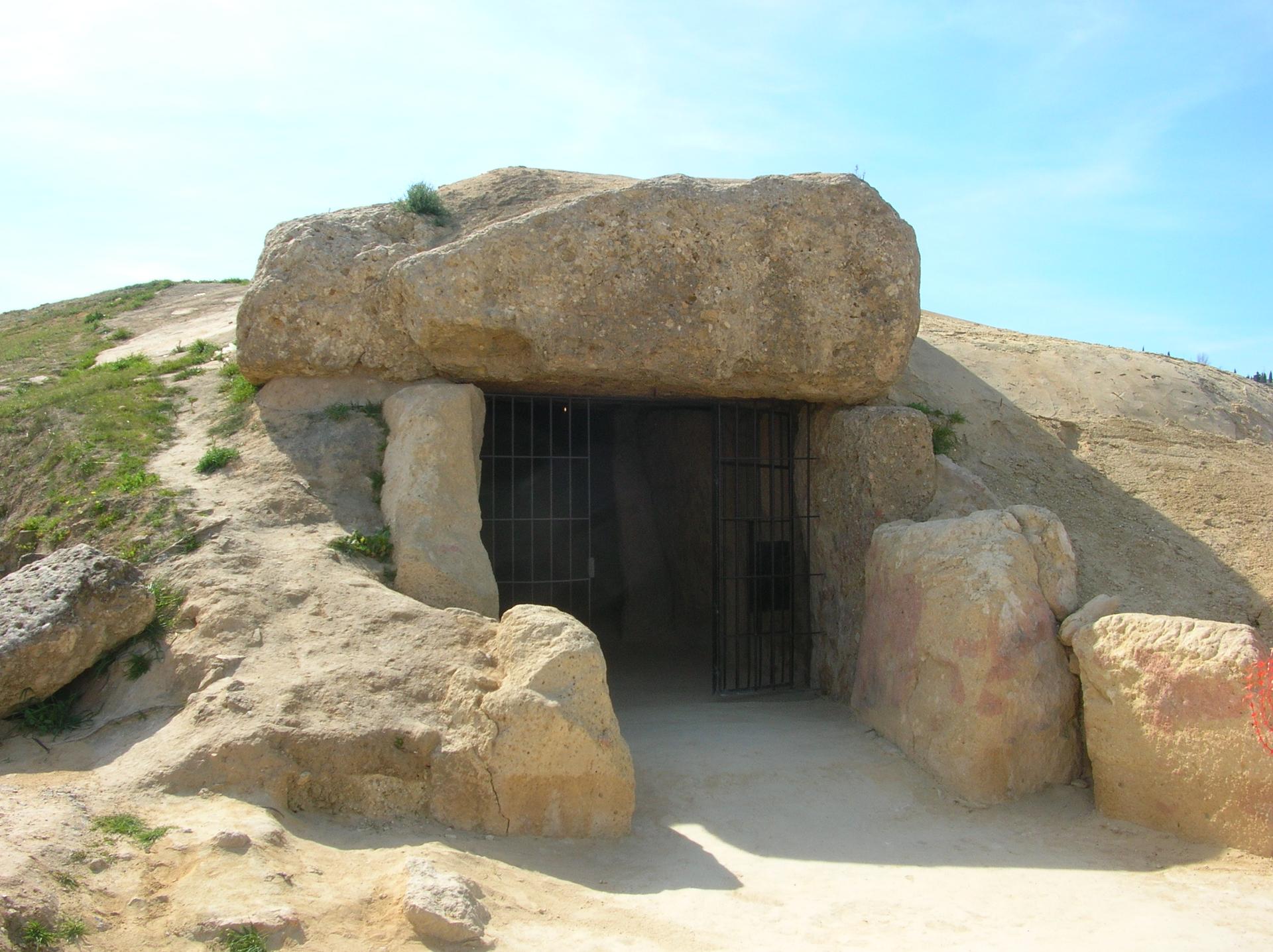
The Neolithic period, often referred to as the New Stone Age, was a time of remarkable transformation for human societies. This era marked the transition from nomadic hunter-gatherer communities to settled farming villages, leading to the development of more complex social structures and technological advancements.
The construction of the Dolmen of Menga during this period reflects the significant leap in human ingenuity. The people of the Neolithic era possessed a deep understanding of the natural world, which they harnessed to move and shape massive stones, creating structures like Menga.
Theories on Construction
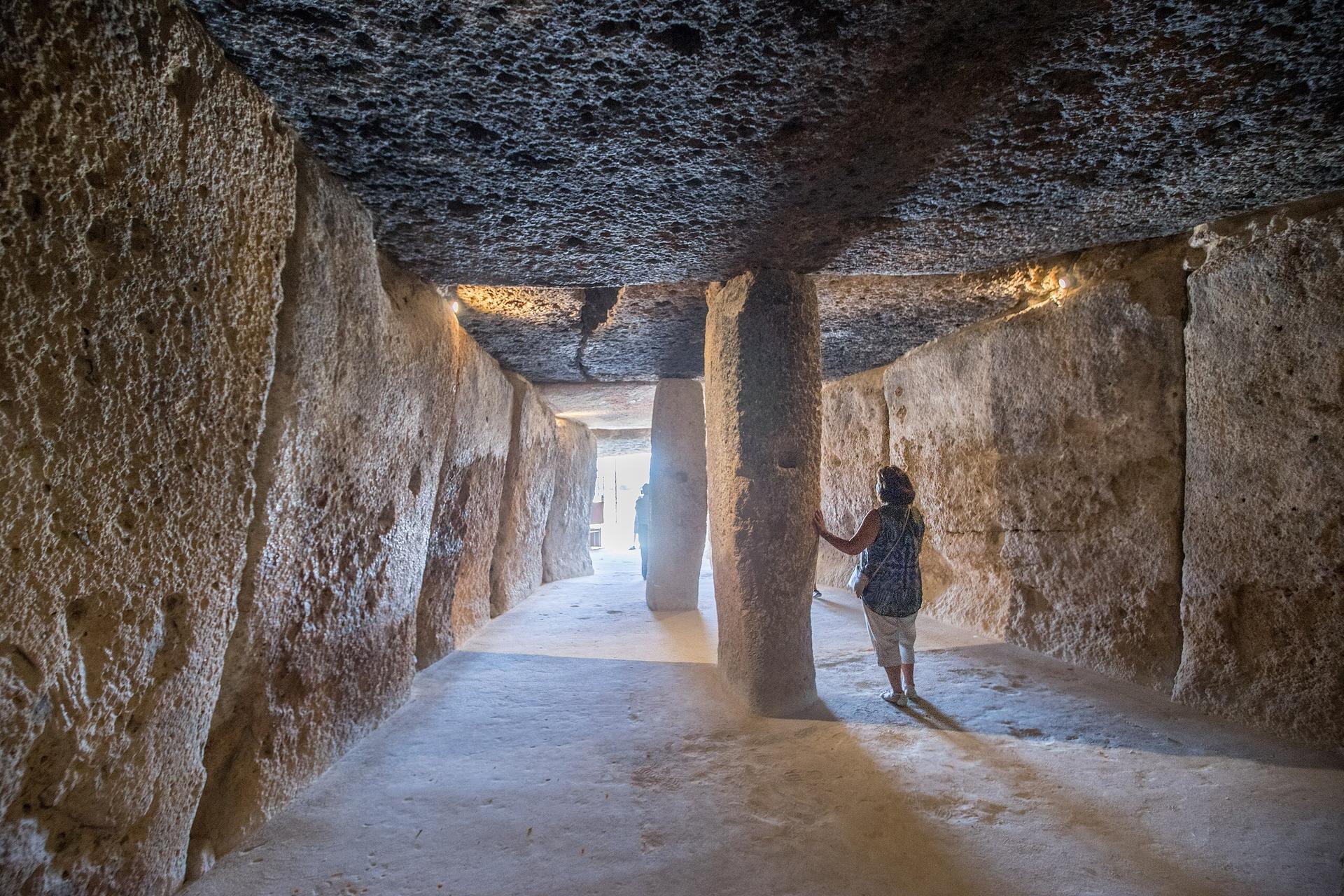
The construction of the Dolmen of Menga remains a subject of fascination and debate among archaeologists. Some theories suggest that the builders used simple tools like wooden rollers and levers to move the massive stones into place, relying on their deep understanding of physics and geology.
Others propose that the dolmen was aligned with celestial bodies or significant landmarks, indicating a sophisticated knowledge of astronomy.
The Astronomical Mysteries of Menga
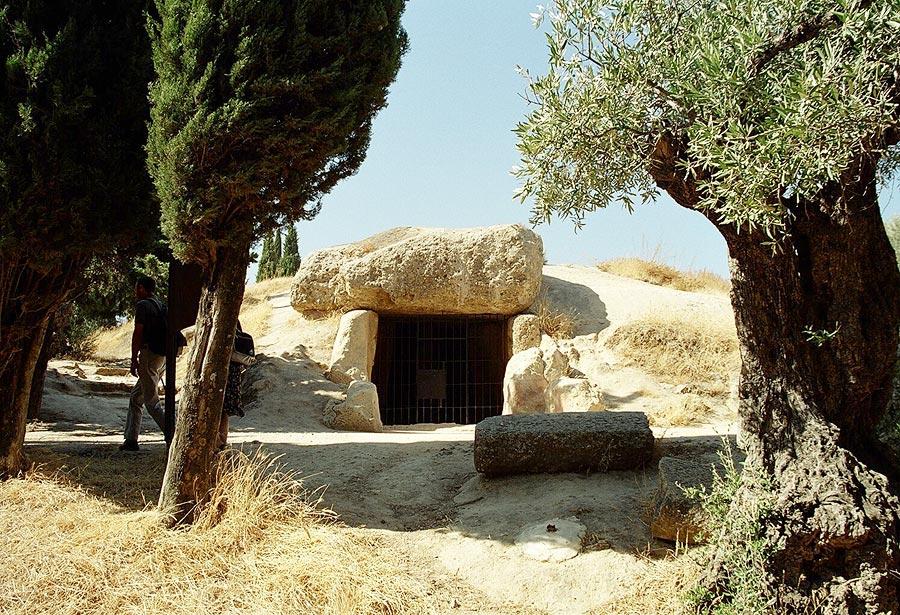
Some believe that the builders of the Dolmen of Menga had a mysterious connection to the stars. The theory suggests that the structure was carefully aligned with celestial bodies, reflecting a deep, almost otherworldly understanding of astronomy.
Did the Neolithic people design Menga as a gateway to the heavens, or as a temple aligned with the movements of the sun and stars? This ancient knowledge, now lost to time, adds another layer of mystery to the already enigmatic monument, leaving us to wonder how much these early people truly knew about the universe.
Cultural and Spiritual Significance

The Dolmen of Menga likely held deep meaning for the people who built it. Some believe it was a sacred place used for important rituals or connecting with the spiritual world.
The careful arrangement of the stones suggests that this monument was more than just a burial site—it may have been a place where ancient people sought to understand the mysteries of life and the universe. The true purpose remains unknown, adding to the sense of mystery that surrounds this ancient structure.
Laser Scanning Insights

Recent studies have used advanced laser scanning technology to explore the Dolmen of Menga in greater detail than ever before. These high-resolution scans revealed the precise arrangement of the stones and offered new insights into how the monument was constructed.
By capturing detailed images of the dolmen’s structure, researchers have uncovered previously hidden features, such as subtle carvings and alignments that suggest a deeper understanding of geometry and astronomy by its builders. This cutting-edge technology has allowed us to see the dolmen in a new light, revealing secrets that had been lost for thousands of years and bringing us closer to understanding the true purpose of this ancient monument.
Menga’s Mighty Stones: As Heavy as 25 Elephants

The stones used to build the Dolmen of Menga are incredibly massive, with some weighing as much as 150 tons. To put that into perspective, each of these stones is roughly the weight of 25 adult elephants combined. Moving such enormous stones without modern machinery seems almost impossible, yet the Neolithic builders managed to do it with remarkable precision.
The sheer size and weight of these stones highlight the incredible effort and ingenuity required to construct this ancient monument, making it one of the most impressive feats of engineering from that era.
The Mystery Continues
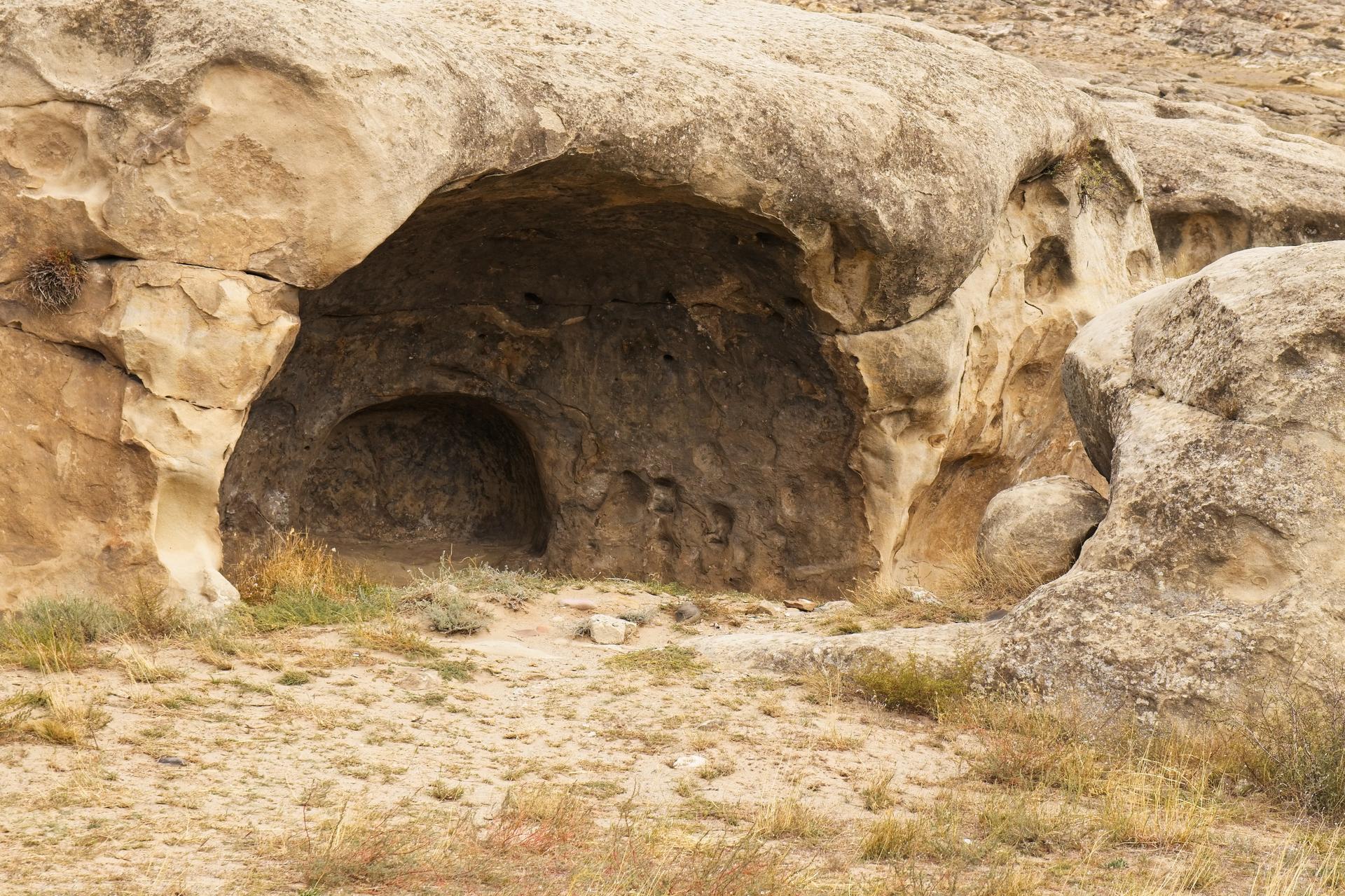
The Dolmen of Menga invites us to explore the lives of the ancient people who built it, yet many questions remain unanswered. What were their daily lives like? What beliefs drove them to create such a massive monument?
Each discovery brings us closer, but much about their world still remains hidden. As we seek to understand these early humans, Menga stands as a mysterious link to a past we are only beginning to uncover.

